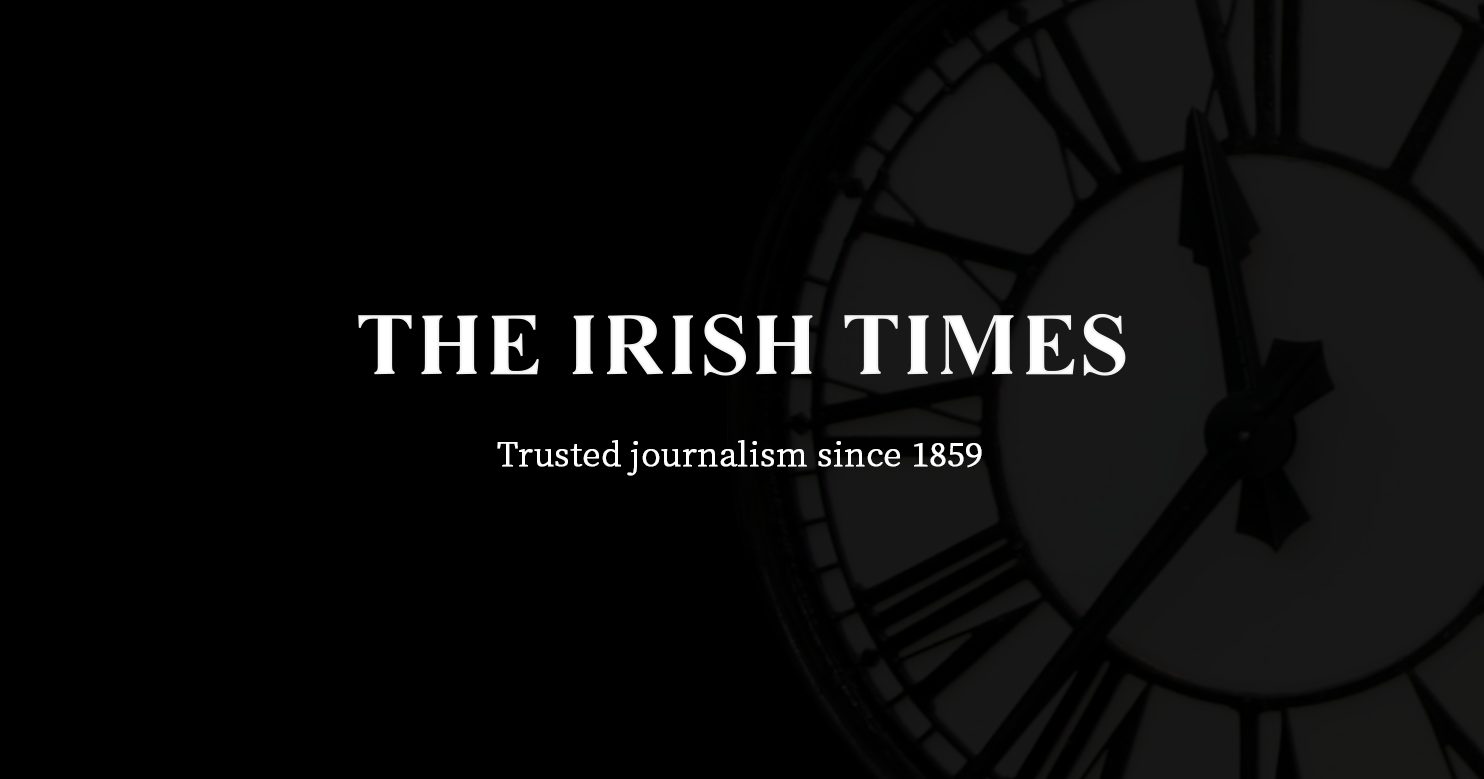Uisce Éireann has defended its projections for the proposed pipeline taking water from the river Shannon, which it said will have sufficient capacity to meet “up to 50 per cent of Ireland’s overall water needs through 2050 and beyond”.
This view was challenged in a public consultation process for the multibillion development by concerned stakeholders, who criticised the projections on likely water demand which are limited to the period up to 2050.
They queried if sufficient account was made of likely demand from a growing population; climate impacts, demand for cooling in data centres and from large energy users – especially at times of drought.
A total of 120 submissions were made on the proposal to pipe water from the lower Shannon to the greater Dublin region with supply branches to major urban areas in the Midlands.
RM Block
In a consultation submissions report, the utility said it is using “a sustainable water source with only a small portion (up to 2 per cent) of existing long-term average flow from the Parteen basin will be used for drinking water instead of hydropower generation”.
Completion of consultation enables Uisce Éireann submit a planning application to An Coimisiún Pleanála later this year, before seeking a water extraction licence from the EPA in 2026.
The single biggest infrastructure investment ever by the State has a preliminary business case estimate of €4.5 billion to €6 billion, but could cost €10.4 billion in a worst-case scenario. Farmers and landowners are to benefit from an average payout of €100,000 each after reaching a deal on land access for the development.
In the report, Uisce Éireann said it has taken steps to avoid or reduce potential environmental impacts and, where appropriate, taken on board stakeholder concerns.
The report confirmed Southern Regional Assembly, Eastern Midlands Regional Assembly and statutory advisory body An Fóram Uisce, recognised the strategic importance of the project “and understood the necessity of securing a sustainable water supply to meet the growing population, economic development, and impacts of climate change”.
Those opposed to the project raised issues on environmental, cost, balanced regional development, infrastructure, project time frame and sustainability grounds. They highlighted issues with current water and wastewater infrastructure including leakage rates in the greater Dublin network.

An Taisce criticised the project’s demand projection time frame of 2050 and suggested a longer-term outlook to end of the century would be more appropriate.
In response, Uisce Éireann said its projections are limited to 2050 in alignment with the 2025 National Planning Framework and recent Central Statistics Office population forecasts. “This time frame reflects the horizon over which there is a reasonable degree of confidence in demographic, economic, and environmental data,” it said. “Beyond 2050, the uncertainty associated with long-term projections increases significantly.”
The project is designed to meet normal operational supply needs well beyond 2050, though its capacity is based on peak demand projections for 2050, it said.
Water usage nationally for data centres is less than 0.2 per cent of overall total demand and, due to use of advanced technology, Uisce Éireann does not envisage this significantly increasing.
“This is a once in a generation project .. the first major ‘new source’ water infrastructure in the region in the past 60 years. It will deliver a safe, secure, sustainable source of water supply necessary to support our growing population and economy, including the demand for housing,” it said. “It will enable us to adapt to the effects of climate change by diversifying our water supply sources.”
Senior programme manager at Uisce Éireann Gary Gibson said water supply in the Eastern and Midlands region faces serious challenges, notably over-reliance on the river Liffey to supply 1.7 million people in the Greater Dublin Area. “With forecasts showing the region will need 34 per cent more water by 2044 than is available today, this combination of a growing water supply deficit and lack of supply resilience is simply not sustainable.”



















